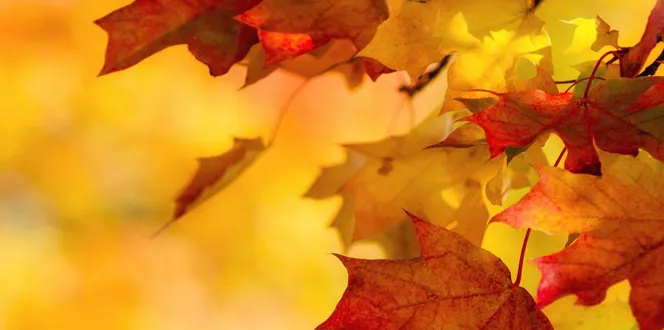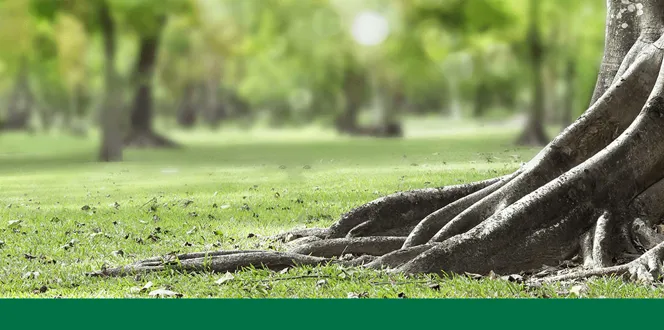As you’ve been admiring all the fresh green growth in your yard this spring, perhaps you’ve noticed something else, too, like excessive growth of a tree or shrub that you want to cut.
Generally, the best time to prune most trees is when they’re dormant. But as you know, with each rule of thumb there are exceptions.
Read on to learn more about spring tree pruning.
Can Trees Be Pruned In Spring?
For most species, the best time to trim trees is in the dormant season — November through March in temperate climates — because they are less susceptible to tree pests or diseases which are inactive then. Pruning in the growing season when pests and diseases are active exposes fresh pruning wounds to potential infestation and infection. Trimming trees in spring is possible, but you have to follow some important rules.
Trimming Trees In Early Spring
You can safely remove some dead, damaged, overgrown, or dying branches in early spring – late March through early April – as long as you don’t remove too many healthy branches. You don’t want to overly stress your trees during this prime growing season, which would also put them at risk of disease or pest infestations. A good rule is to avoid removing more than 15-20% of a tree’s live branches in any one year for young trees, and no more than 10% for mature trees.
When trees are rapidly growing, pruning wounds will seal and close faster, which is better for your tree. But you never want to over-prune your tree because it can stress it as it continually tries to replenish its canopy.
Your Spring Tree Trimming Guide On What To Prune When
If you can prune your trees before they begin growing, that still counts as dormant pruning and is the ideal time to prune because of these benefits.
Once trees start budding or blooming in spring, though, double-check that pruning now won’t put your tree in harm’s way.
Can You Trim Trees When They Are Budding?
In general, heavy pruning in spring can limit the tree’s bloom potential for the year, especially if it is a species that blooms on the previous year's growth.
But, you can safely do some tree pruning in spring–as long as you don’t remove any more than 10-15% of the tree’s branches. Pruning wound sealants are not generally recommended for use following pruning because they can worsen infection and decay, but it is important during the growing season to sanitize pruning tools when moving between trees to avoid spreading infections.
Spring pruning goals are:
- Pruning for safety: Remove any dead, dying, broken, or decaying branches to keep your tree (and home) safe.
- Minimal pruning for aesthetics: Remove branches to shape your tree and maintain clearance and sightlines.
Are There Any Trees That Are Better To Prune In Spring?
Yes! If you’ve just planted a new tree, cut off any broken, or damaged limbs, then learn how to prune young trees to improve their structure.
You can also prune maple, walnut, and birch trees in late spring or early summer. When pruned in winter and early spring, they tend to ooze sap. The sap does little to no harm, but some people think it’s too messy! Trimming these trees after they have all their leaves for the season reduces sap bleeding.
Finally, prune these trees once they’re done blooming in spring:
- Apricot
- Chokecherry
- Crabapple
- Dogwood
- Flowering cherry
- Flowering plum
- Juneberry
- Lilac
- Magnolia
Trees To Avoid Trimming In Spring
Remember: pruning trees in spring can leave them more vulnerable to insect infestation and diseases.
That’s why you don’t want to prune these trees in spring, summer, or early fall:
- Oak trees to reduce the chance of oak wilt (if oak wilt is in your area)
- Elm trees to reduce the chance of Dutch elm disease
- Sycamore trees to reduce the chance of anthracnose
- Honeylocust trees to reduce the chance of stem cankers
- Pear trees to reduce the chance of fireblight
Why Hire A Certified Arborist To Trim Your Trees
Pruning trees in spring can be tricky. If you are hesitant to remove certain branches, if those branches exceed 4 inches in diameter, or if your tree is crowding other trees or obstructing space or needs extra care and attention, hiring a certified arborist can be your next best step.
Professional arborists are knowledgeable about your trees and their needs, as well as trained to handle a variety of tree issues. If you love your tree, a certified arborist can do a proper assessment to tell you what it needs, help you retain its value to your home investment, and provide just enough care to give it the boost it needs.





